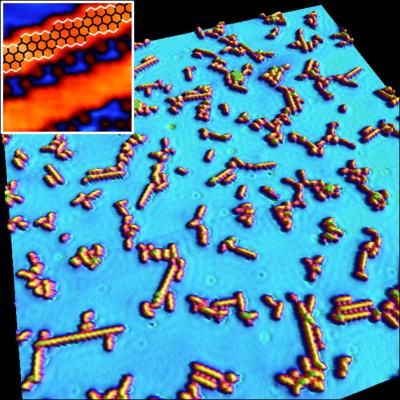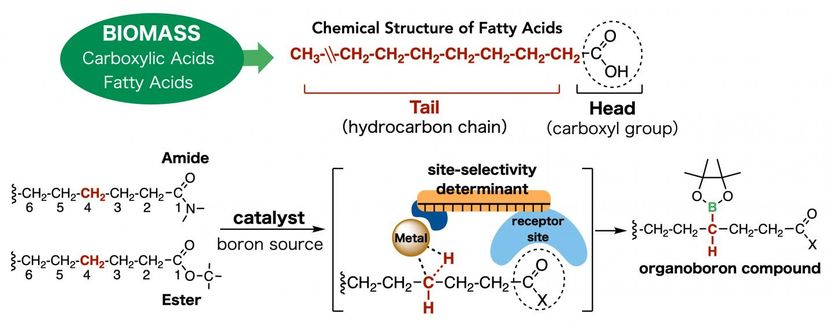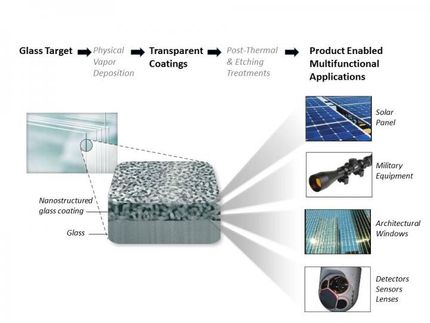A breakthrough in creating invisibility cloaks
Advance in large area 3D visible negative index metamaterials
Controlling and bending light around an object so it appears invisible to the naked eye is the theory behind fictional invisibility cloaks.
It may seem easy in Hollywood movies, but is hard to create in real life because no material in nature has the properties necessary to bend light in such a way. Scientists have managed to create artificial nanostructures that can do the job, called metamaterials. But the challenge has been making enough of the material to turn science fiction into a practical reality.
The work of Debashis Chanda at the University of Central Florida, however, may have just cracked that barrier. The cover story in the March edition of the journal Advanced Optical Materials, explains how Chanda and fellow optical and nanotech experts were able to develop a larger swath of multilayer 3-D metamaterial operating in the visible spectral range. They accomplished this feat by using nanotransfer printing, which can potentially be engineered to modify surrounding refractive index needed for controlling propagation of light.
"Such large-area fabrication of metamaterials following a simple printing technique will enable realization of novel devices based on engineered optical responses at the nanoscale," said Chanda, an assistant professor at UCF.
The nanotransfer printing technique creates metal/dielectric composite films, which are stacked together in a 3-D architecture with nanoscale patterns for operation in the visible spectral range. Control of electromagnetic resonances over the 3-D space by structural manipulation allows precise control over propagation of light. Following this technique, larger pieces of this special material can be created, which were previously limited to micron-scale size.
By improving the technique, the team hopes to be able to create larger pieces of the material with engineered optical properties, which would make it practical to produce for real-life device applications. For example, the team could develop large-area metamaterial absorbers, which would enable fighter jets to remain invisible from detection systems.
Most read news
Other news from the department science

Get the chemical industry in your inbox
By submitting this form you agree that LUMITOS AG will send you the newsletter(s) selected above by email. Your data will not be passed on to third parties. Your data will be stored and processed in accordance with our data protection regulations. LUMITOS may contact you by email for the purpose of advertising or market and opinion surveys. You can revoke your consent at any time without giving reasons to LUMITOS AG, Ernst-Augustin-Str. 2, 12489 Berlin, Germany or by e-mail at revoke@lumitos.com with effect for the future. In addition, each email contains a link to unsubscribe from the corresponding newsletter.
Most read news
More news from our other portals
Last viewed contents

Atomic motion captured on-the-fly by machine learning
I._M._Sechenov_Institute_of_Evolutionary_Physiology_and_Biochemistry
GC-content
Category:Pyruvate_enzymes

A data visualization of carbon footprints - Carbon Catalogue, breaks down the carbon footprint of a product during its entire life cycle
Colchicum_autumnale

Molecular self-assembly controls graphene-edge configuration
Category:EC_1.14.13
Acene
Model predicts scenarios for energy generation using nuclear fusion

A new tool to create chemical complexity from fatty acids - A new catalyst design enables unprecedented control over the modification of fatty acid derivatives that opens the door to creating useful substances in a green and efficient manner


























































